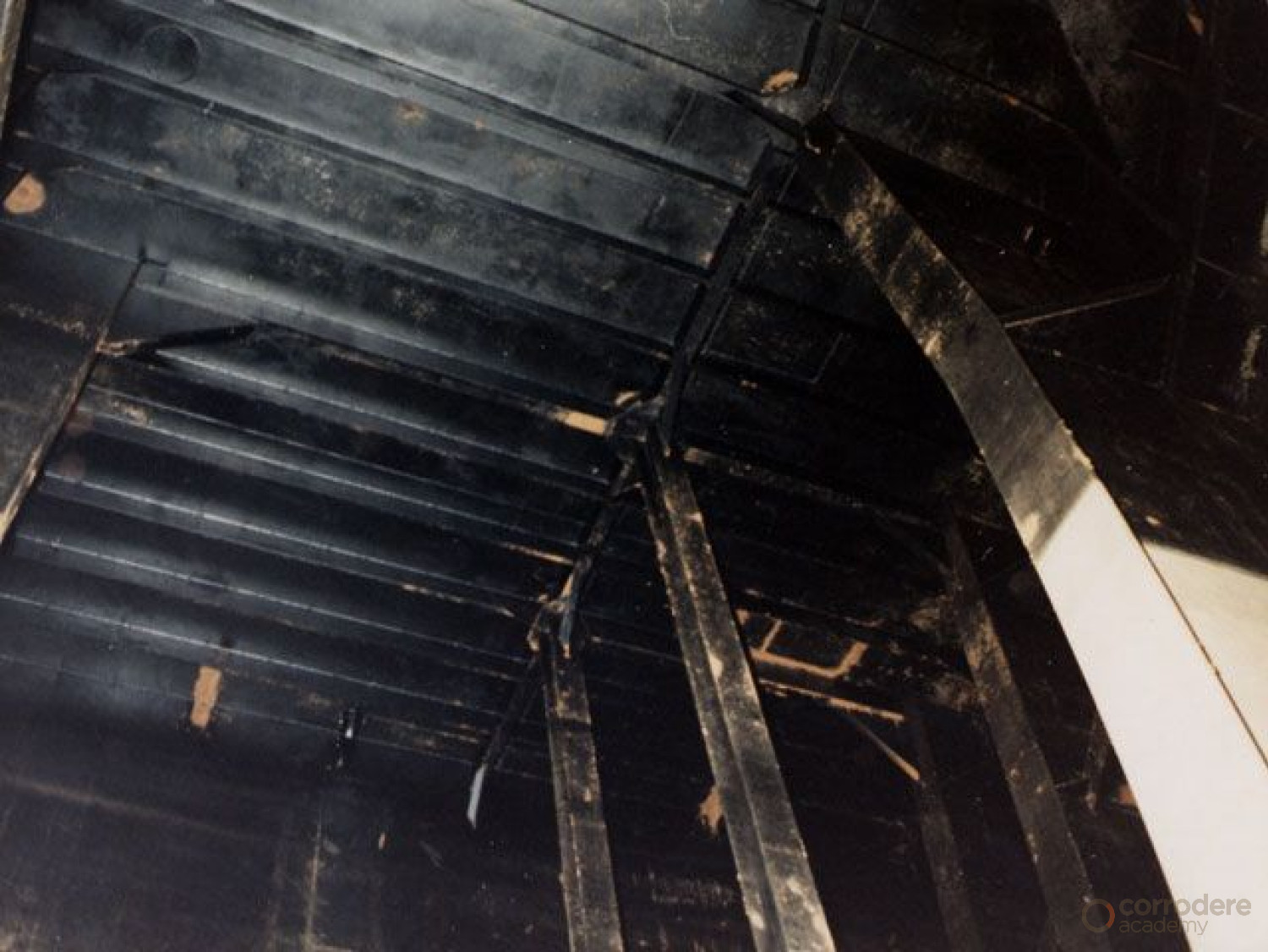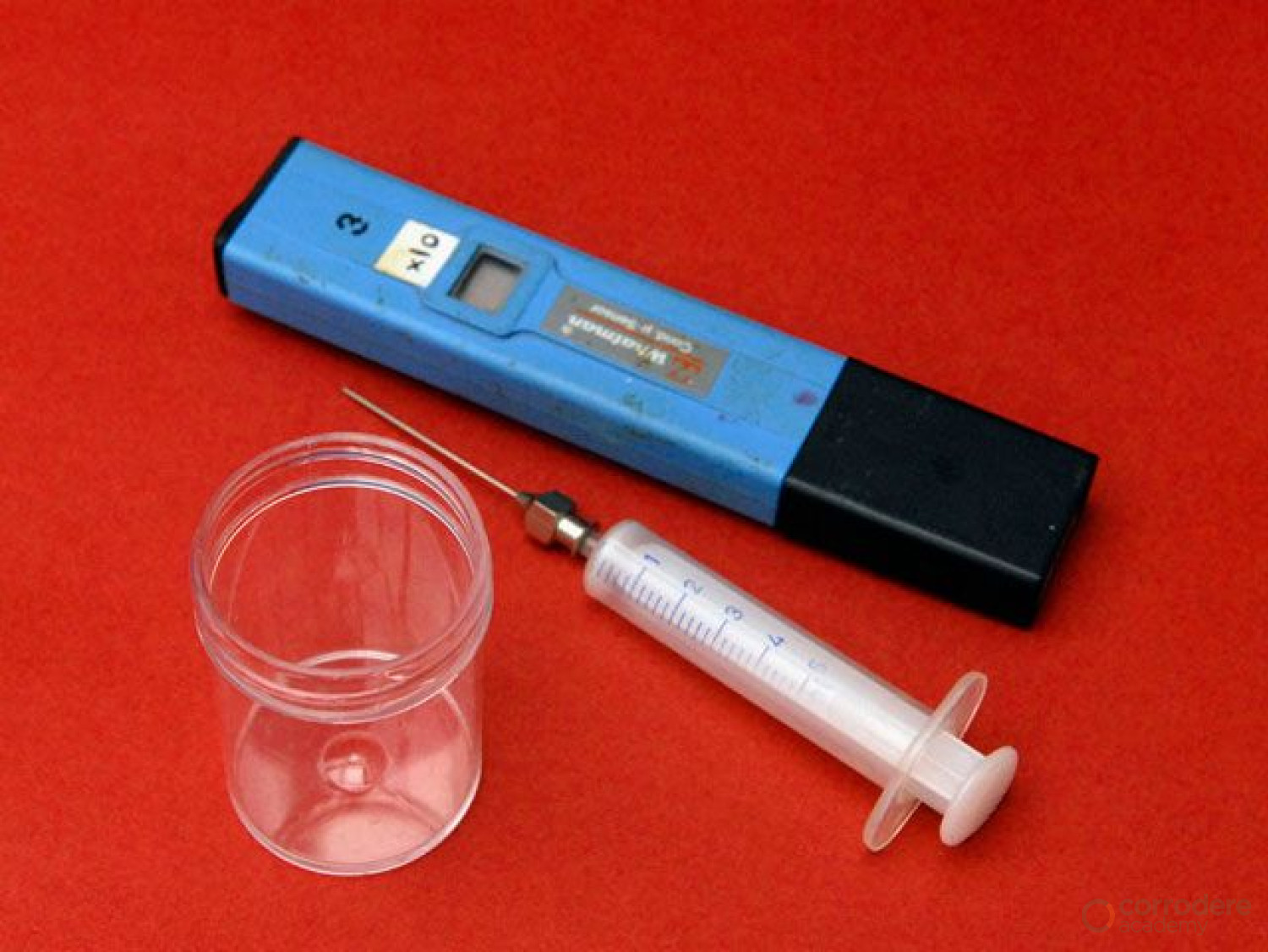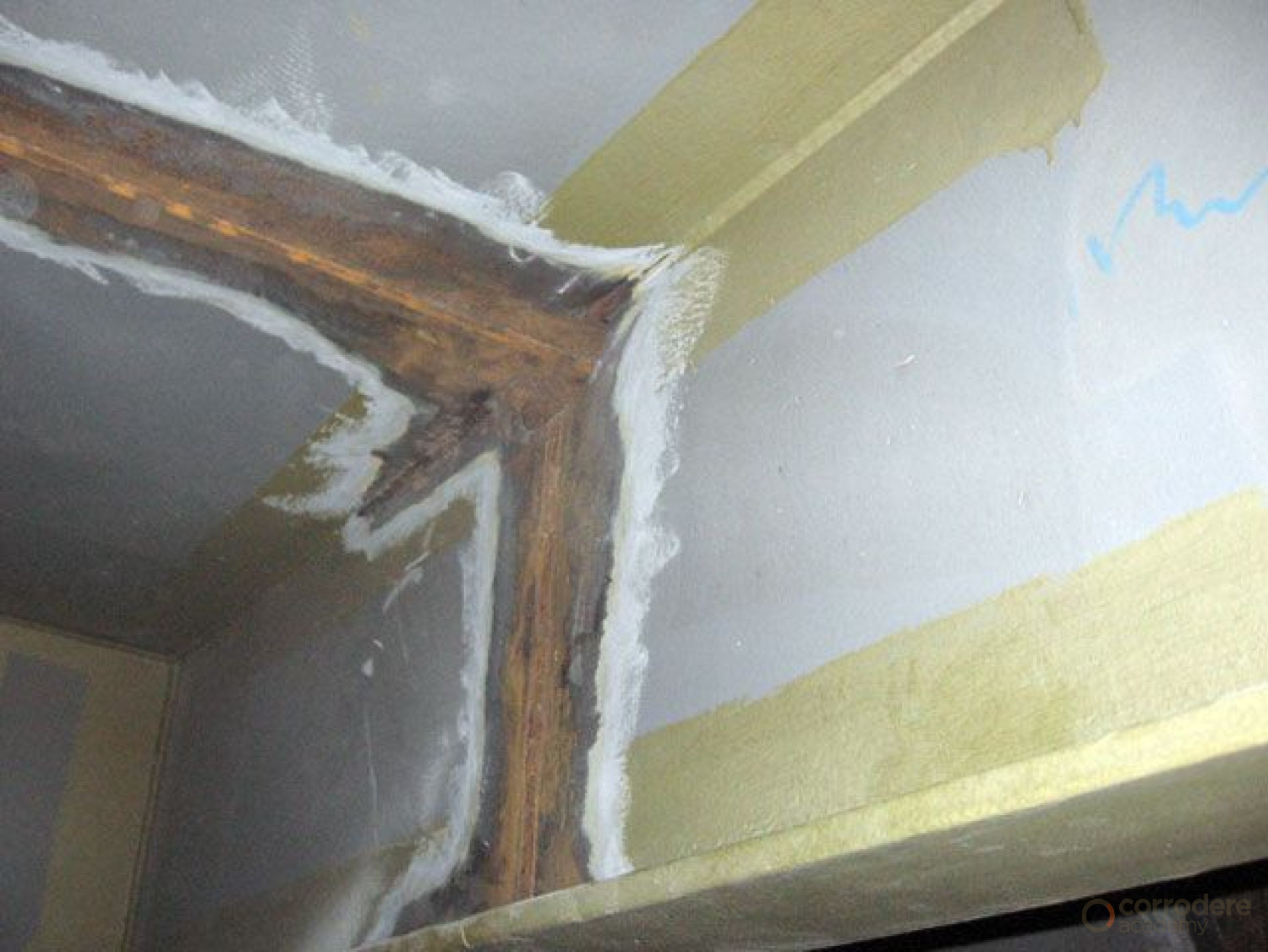Marine General
Guidelines for Maintenance and Repair of Coatings
Slide /
Introduction
The guidelines (MSC.1/Circ. 1330) were approved for use by the International Maritime Organisation and member governments were invited to apply the guidelines during survey, assessment and repair of protective coatings in ballast tanks on or after 1st January 2011.
They were also requested to bring them to the attention of shipowners, shipbuilders and other interested parties.
Aim Of The Guidelines
The aim of the guidelines is to improve ship safety by ensuring the coatings applied to ships’ ballast tanks at the new building stage will last for 15 years.
The ability of a coating system to reach its target useful life depends on many factors including maintenance.
These guidelines focus on the maintenance and repair procedures for coatings.
Other corrosion prevention systems are not covered.
The Guidelines
The guidelines apply to ships as specified in SOLAS regulation II-3/-2.1.1
They focus on the maintenance and repair of protective coatings in dedicated sea water ballast tanks on all types of ships and double skin spaces of bulk carriers of above 500 gross tonnage.
Survey Recommendations
The coating system examination should coincide with:-
- The intermediate survey for all steel ships above 500 gross tonnage exceeding 5 years of age.
- Renewal surveys for all steel ships above 500 gross tonnage.
The condition of the coatings should be categorized as “GOOD”, “FAIR” or “POOR” based on visual inspection.
Definitions
A number of definitions, used within the standard are defined to aid the reader of the standard.
MAINTENANCE is described as minor coating restoration work regularly performed by the ship’s crew using normal shipboard means and tools to maintain condition. It is normally carried out at sea.
REPAIR is described as coating restoration work of a longer term nature, usually performed during dry-docking or scheduled repair period to restore the coating to a GOOD condition. This work will usually require specialised manpower and equipment.
Coating Condition
Based on visual inspection the coating condition is classified as either “Good”, “Fair” or “Poor”.
“Good” is defined as a condition with spot rusting on less than 3% of the area under consideration without visible failure of the coating. Rusting at edges or welds, should be on less than 20% of edges or weld lines in the area under consideration.
Coating Condition
“Fair” is defined as a condition with breakdown of coating or rust penetration on less than 20% of the area under consideration.
Hard rust scale should be less than 10% of the area under consideration. Rusting at edges or welds, should be on less than 50% of edges or weld lines in the area under consideration.
Coating Condition
“Poor” is defined as a condition with breakdown of coating or rust penetration on more than 20% or hard rust scale on more than 10% of the area under consideration or local breakdown concentrated at edges or welds, should be on more than 50% of edges or weld lines in the area under consideration.
Coating Condition
This table provides a comparison of the “GOOD”, “FAIR” and “POOR” coating conditions.
The conditions are expanded in IACS Recommendation 87 with photographs, narrative descriptions and localized assessment scales.
Survey frequency
The condition of the coatings determines the frequency of inspection by the classification society and the table opposite illustrates the differences.
More details can be found in IACS Recommendation 87 and IACS UR Z10
Areas under Consideration
Different areas in a tank may exhibit different degrees and types of coating breakdown and hence the division of tanks into smaller areas will aid examination and evaluation.
The sub-divided tank areas can be defined using frame numbers, longitudinal numbers, strake numbers etc.
Each area is rated “GOOD”, “FAIR” or “POOR” and the overall tank rating should not be higher than the sub-divided area with the lowest rating.
Wing Ballast Tank - From one side ie deck, side shell and transverse bulkheads forward
Areas under Consideration
Coatings in critical structural areas, defined as locations which have been identified to be sensitive to cracking, buckling or corrosion should be given special attention.
Each critical structural area is rated “GOOD”, “FAIR” or “POOR” and the rating of each “area under consideration” should then not be higher than the rating of its critical structural area (if present) having the lowest rating.
Areas under Consideration
The overall coating condition in a tank is not the average from the condition of the individual “areas under consideration”.
The frequency of surveys is determined by the “area under consideration” with the worst coating condition.
Aft Peak Ballast Tank.
Areas under Consideration
Definitions of the sub-division of areas are provided in the guidance document by diagrams and descriptions for ballast tanks as follows:-
Single hull tanker – wing ballast tank
Double hull tanker – Double bottom ballast tank, Double hull side tank, Fore peak tank and Aft peak tank.
Ships other than oil tankers – Topside tanks, Hopper tanks, Double bottom tanks, Side tanks, Fore peak tanks and Aft peak tanks.
Fore Peak Ballast Tank
In-Service Corrosion Monitoring
An annual inspection of all ballast tanks by the crew to provide a report on the coating condition is recommended.
The report should rate the condition as GOOD/FAIR/POOR and be used to establish the urgency of repairs. Opposite is the information that should be contained in the report.
Maintenance Considerations
Major factors are:
- Safety
- Salt contamination
- Rust scale
- Pitting corrosion
- Temperature
- Condensation
- Ventilation
- Coating compatibility
Safety
Ships safety and tank entry procedures should be strictly adhered to.
IMO Resolution A.864(20) should be referred to for recommendations for entry into enclosed spaces.
All personnel involved in tank inspections should be trained in the safe use of all equipment and tools utilised.
Salt Contamination
The presence of salt will cause early failure of maintenance coating systems, typically by osmotic blistering.
Removal is essential and a recommended procedure is to fresh water wash after removal of loose rust scale.
Test kits are available to determine the presence of salt.
Rust Scale
Early failure of the coating system will occur if rust scale is not removed prior to coating application.
Loose top-scale is easily removed but the inner hard black scale is much more adherent.
If the hard scale is not removed it will detach from the steel substrate together with the coating system and irrespective of the coating used a service life of only 1 to 2 years can be expected.
Pitting Corrosion
Exposure to salt water for a length of time results in pitting, a common problem in ballast tanks. If the pits do not need to be welded a coating should be applied after soluble salts have been removed by fresh water washing.
Residues from the washing should be removed otherwise salts will precipitate on drying. Pitting caused by microbiologically Influenced Corrosion (MIC) typified by their wide, shiny appearance with sharp edges and an odour of rotten eggs can proceed rapidly and deeply.
Temperature and Condensation
In cold conditions it is more difficult for coatings to cure quickly and maintenance painting is better planned for periods in warmer waters.
An understanding of relative humidity and dew point is important and a good guide to ensure that condensation is not present during painting is to check that the steel temperature is at least 3°C above the dew point.
Ventilation
Ventilation should be arranged so that it extracts from the lowest and furthest corners to ensure fast and efficient removal of dangerous solvents.
Efficient ventilation improves the quality of the application and safer working environment.
Compatibility
Use of the same coating system for maintenance and repair as was originally applied will ensure compatibility otherwise the paint manufacturer should be consulted.
When touch up coatings are applied the intact coating at the periphery of the area should be feathered/bevelled for good adhesion.
Maintenance Principles
The maintenance process is as follows:
- De-scaling
- Fresh water rinsing
- Drying
- Surface preparation
- Protection of items not to be coated e.g. Anodes
- Coating application
Maintenance Recommendations
This table describes the recommended maintenance to maintain the coating system in a “GOOD” or “FAIR” condition.
Coating Repairs
In addition to the process considerations detailed earlier under the section on maintenance the following additional factors should be considered:-
Salt contamination
The salt content after washing shall be determined according to ISO 8502-9 and if greater than 80mg/m2 or as recommended by the paint manufacturer the washing and testing should be repeated.
Any deviations shall be agreed and noted in the Coating Technical File.
Dehumidification
Dehumidification reduces the risk of condensation by lowering the relative humidity and the dew point. It reduces flash-back rusting prevents grit blasting from turning and aids productivity and performance.
Compatibility
The coating system requires a statement of compliance or type approval certificate according to the PSPC for ballast tanks.
Stripe coating/design/surface areas
Edges, corners, weld seams and other areas that are difficult to coat need to be stripe coated.
Stripe coats should be applied as a coherent film showing good film formation and no visible defects, such as pores or de-wetted areas.
Stripe coats should be applied by brush Or roller. Roller to be used for scallops, ratholes, etc., only.
It is recommended to apply a stripe coat before or after each main coat using a colour that contrasts with each main coat.
Cathodic protection
Cathodic protection is one commonly used anti-corrosion method in ballast tanks.
Since the electric potential of certain anodes may damage the coating in their vicinity, it is recommended that the impact of electric potential on coating be considered in the area where the cathodic protection system is applied.
Repair principles
The repair process is as follows:-
- mud out (“slurry up” and pump out all mud);
- de-scaling (hand scrape off loose scale − the use of magnesium descaling can be considered);
- fresh water rinsing;
- drying;
- surface preparation (method chosen depends on the amount of failure and the service life intended);
- anode protection (protection of items not to be coated);
- coating application
Recommended medium and long term repair
This table describes the recommended medium and long term repair to restore the coatings to a good condition.
The repair should be inspected by personnel qualified to NACE Level 2 , Frosio level III or equivalent as verified by the administration.
Coating Technical File (CTF)
For maintenance the CTF should contain:
- copy of Technical Data Sheet
- condition of surface to be coated (de-rusting grade, cleanness, profile, etc.);
- ship maintenance records of coating application, including:-
- applied actual space and area (in square metres) of each compartment;
- ambient condition during coating;
- method of surface preparation.
Coating Technical File (CTF)
For repairs the CTF should contain:
- copy of Statement of Compliance or Type Approval Certificate
- copy of Technical Data Sheet
- condition of surface to be coated (de-rusting grade, cleanness, profile, etc.);
- Shipyard work records of coating application, including:-
- applied actual space and area (in square metres) of each compartment;
- applied coating system time of coating, thickness, number of layers
- ambient conditions during coating
- method of surface preparation
Coating Technical File (CTF)
For repairs the CTF should contain:
- inspectors coating log and any non-conformity reports
- shipyards verified inspection reports including:
- completion date of inspection
- result of inspection
- remarks (if given)
- inspector signature
- procedures for in-service maintenance.
References
IACS Recommendation 87 − Guidelines for Coating Maintenance and Repairs for Ballast Tanks and Combined Cargo/Ballast Tanks on Oil Tankers, revision 1, 2006.
Note: The above reference is for information purposes only. Although IACS Recommendation 87 has been specifically developed for oil tankers, it contains information that may be useful for other ship types.
Summary
Within this training unit we have discussed the guidelines for maintenance and SOLAS regulations.
We discussed the visual inspection requirements for good, fair and poor along with areas under consideration.
We also discussed general repair and maintenance and specification criteria and the coating technical file.






























































.jpg?w=1500&h=1126&fit=crop&mark=logo.png&markw=200&markpos=bottom-right&markpad=20&markalpha=35&s=d576b6f074114dbe7775444b67adf133)
.jpg?w=750&h=563&fit=crop&mark=logo.png&markw=200&markpos=bottom-right&markpad=20&markalpha=35&s=25c7cbc56ba805fd22d142e8f49b8093)





